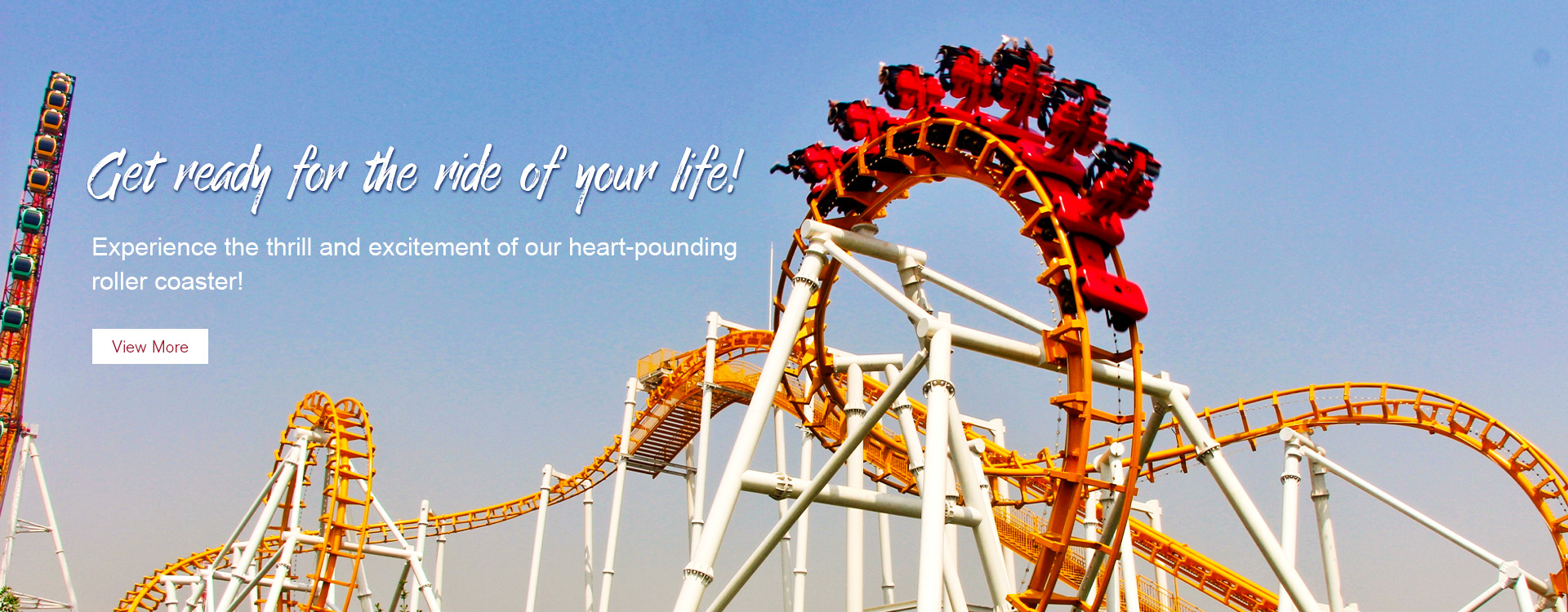- Albanian
- Arabic
- Belarusian
- Bengali
- Czech
- English
- French
- German
- Hebrew
- Hungarian
- Indonesian
- irish
- Italian
- Japanese
- kazakh
- Persian
- Russian
- Thai
- Uzbek
- Vietnamese
Creative Concepts for Designing Basic Roller Coaster Experiences for Thrill Seekers
Simple Roller Coaster Design An Exciting Journey into Engineering
Roller coasters are synonymous with amusement parks, thrilling riders with exhilarating drops, dizzying turns, and heart-pounding speed. While they might seem like complex marvels of engineering, the basic principles behind roller coaster design are quite accessible. In this article, we will explore the essential elements that go into the creation of a simple roller coaster, highlighting the concepts of physics, design, safety, and the joy that these rides bring to people of all ages.
The Physics of Roller Coasters
At the core of roller coaster design lies the principles of physics, particularly Newton's Laws of Motion. Understanding these principles is crucial for designing a safe and enjoyable ride. The primary forces at work on a roller coaster are gravity, inertia, and centripetal force.
When a roller coaster ascends a hill, gravitational potential energy is built up. As the train descends, this potential energy transforms into kinetic energy, propelling the ride forward at incredible speeds. In designing a roller coaster, engineers must carefully balance the height of the hills and the angles of the tracks to ensure that the ride has thrilling drops, but also provides enough energy for the train to complete the course without coming to a halt.
Additionally, the concept of centripetal force is vital when the coaster makes sharp turns or loops. The design must ensure that the forces acting on the riders remain within safe limits to prevent injuries and ensure a pleasurable experience. Properly calculating these forces helps in determining the radius of turns and the height of loops.
Elements of a Simple Roller Coaster Design
While roller coasters can be elaborate and feature numerous inversions and specialized sections, a simple design may include the following basic elements
1. Chain Lift Most roller coasters start with a chain lift that pulls the train up to the highest point. This is where potential energy is maximized. 2. Inclined Drops After reaching the peak, the coaster drops sharply, converting potential energy into kinetic energy as it speeds down.
simple roller coaster design

3. Rolling Hills Gentle hills create a series of minor drops and ascents, providing varying degrees of thrill and excitement. They also allow riders to experience air time when the train momentarily loses contact with the track.
4. Tight Turns Well-designed curves enhance the ride’s exhilaration and must be engineered to maintain the appropriate centrifugal force that keeps riders securely in their seats.
5. Braking System At the end of the ride, a braking system is essential for safely bringing the train to a stop. This can involve magnetic brakes or traditional friction brakes that gradually reduce the speed.
Safety Considerations
Safety is paramount in roller coaster design. Engineers must ensure that the ride conforms to safety standards and can withstand the stresses imposed on it during operation. Regular inspections are crucial for identifying wear and tear, and emergency stops are designed into the mechanics of the coaster to address any malfunctions.
Additionally, restraints—such as harnesses or lap bars—are critical in keeping riders safe throughout the ride. These systems are meticulously tested to ensure they can accommodate a range of body sizes while securing passengers adequately.
The Joy of Riding
The ultimate goal of roller coaster design is to create a thrilling experience that leaves riders exhilarated and coming back for more. Whether it’s the adrenaline rush from a steep drop, the laughter shared with friends, or the sense of accomplishment after riding a particularly intense coaster, the simple joy of roller coasters lies at the heart of their appeal.
In conclusion, while designing a roller coaster may involve intricate engineering and calculations, the fundamental principles can be understood by anyone with a keen interest in physics and design. A simple roller coaster can offer endless thrills by skillfully combining basic elements of motion, a commitment to safety, and a passion for creating joy. As you enjoy your next ride, take a moment to appreciate the science and creativity that make roller coasters a classic symbol of fun and adventure.
-
Flume Ride-Hebei Zhipao Amusement Equipment Manufacturing Co., Ltd.|Thrilling Water Attraction&Customizable DesignJul.30,2025
-
Flume Ride - Hebei Zhipao Amusement Equipment | Water Coaster, Thrilling DescentJul.30,2025
-
Flume Ride - Hebei Zhipao | Thrilling Water AttractionJul.30,2025
-
Flume Ride: Thrilling Water Attraction by Hebei Zhipao|Log Flume Manufacturers&Flume Ride DesignJul.30,2025
-
Flume Ride-Hebei Zhipao Amusement Equipment Manufacturing Co., Ltd.|Thrilling Water Coaster, Safe DesignJul.30,2025
-
Flume Ride-Hebei Zhipao Amusement Equipment Manufacturing Co., Ltd.|Thrilling Water Attraction, Safe DesignJul.30,2025
